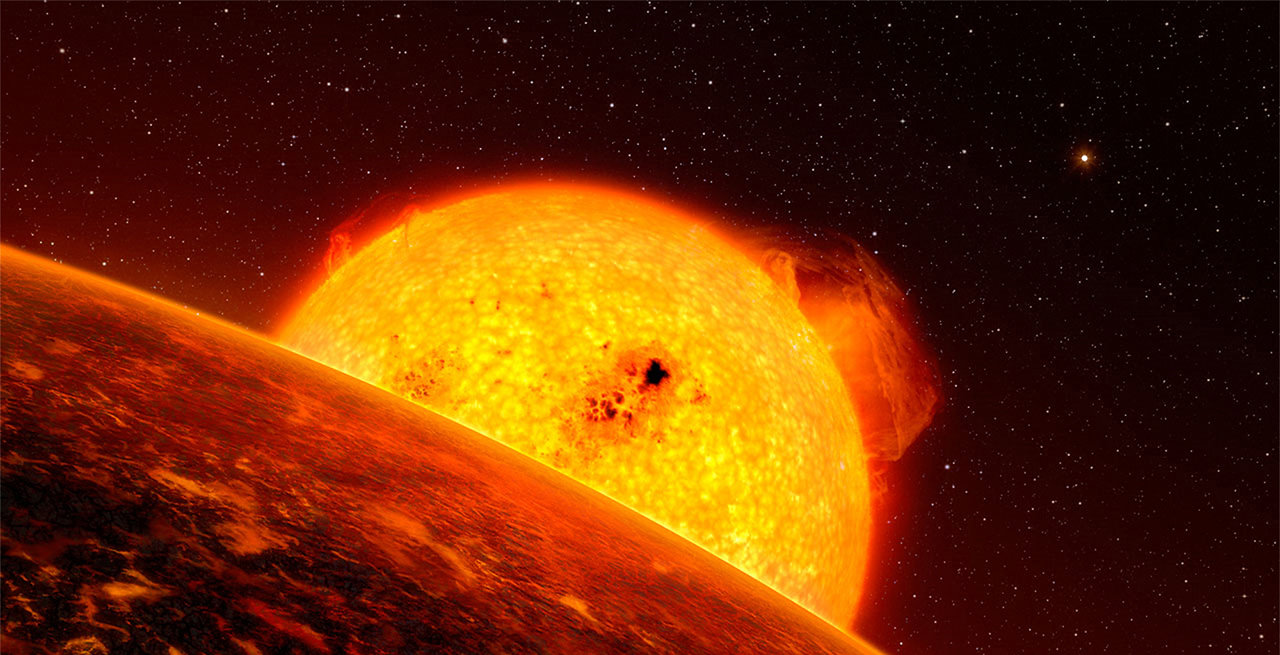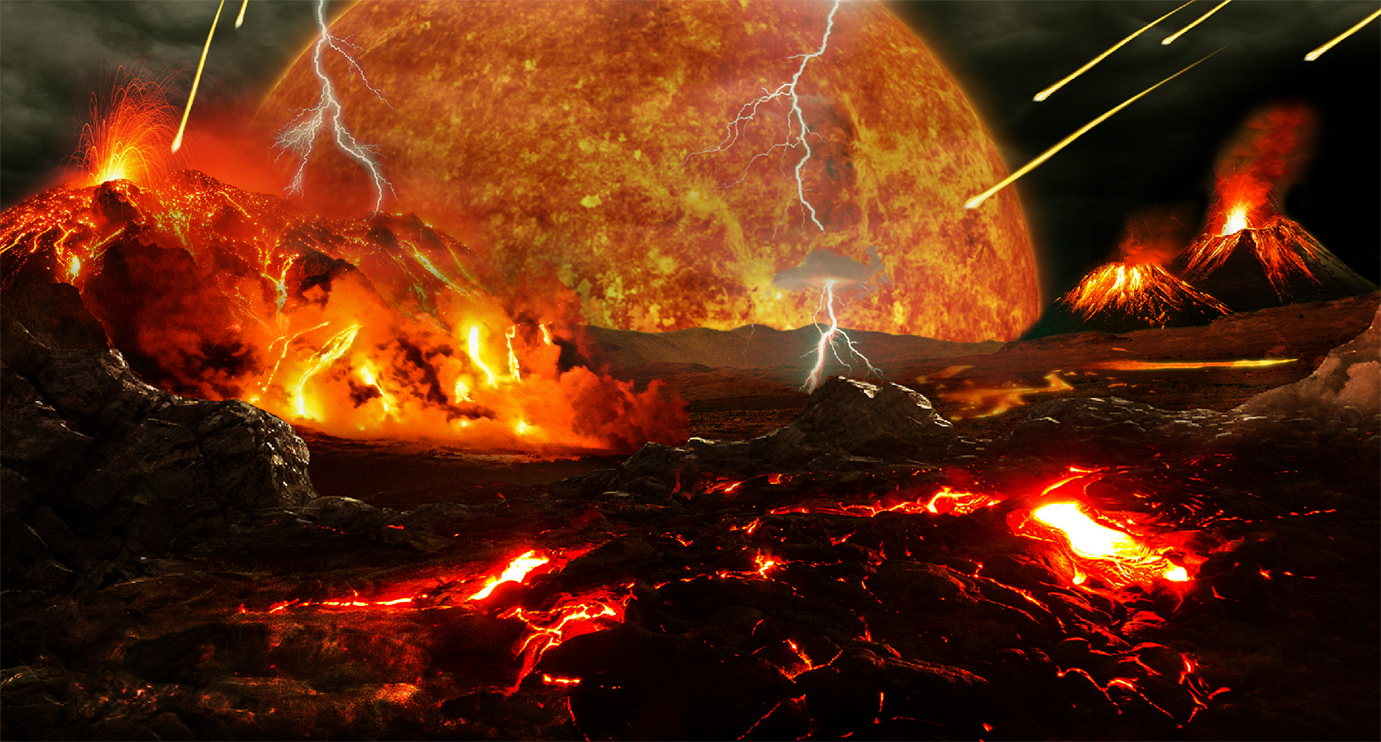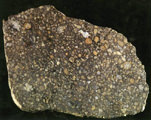[/caption]
Roughly 2.4 billion years ago, Earth’s atmosphere underwent a huge change known as the “Great Oxidation Event”. This switch from an oxygen-poor to an oxygen-rich environment may be accountable for giving rise to life. However, scientists are extremely curious about what our atmosphere may have been like not long after our planet formed. Now researchers from the New York Center for Astrobiology at Rensselaer Polytechnic Institute are using some of the oldest minerals known to exist to help understand what may have occurred some five million years after Earth arose.
For the most part, scientists have theorized that early-Earth atmosphere was dominated by noxious methane, carbon monoxide, hydrogen sulfide, and ammonia. This highly reduced mixture results in a limited amount of oxygen and has led to a wide variety of theories about how life may have started in such a hostile environment. However, by taking a closer look at ancient minerals for oxidation levels, scientists at Rensselaer have proved the early-Earth atmosphere wasn’t like that at all… but held copious amounts of water, carbon dioxide, and sulfur dioxide.
“We can now say with some certainty that many scientists studying the origins of life on Earth simply picked the wrong atmosphere,” said Bruce Watson, Institute Professor of Science at Rensselaer.
How can they be so sure? Their findings depend on the theory that Earth’s atmosphere was formed volcanically. Each time magma flows to the surface, it releases gases. If it doesn’t come to the top, then it interacts with the surrounding rocks where it cools and becomes a rocky deposit in its own right. These deposits – and their elemental construction – allows science to paint an accurate portrait of the conditions at the time of their formation.
“Most scientists would argue that this outgassing from magma was the main input to the atmosphere,” Watson said. “To understand the nature of the atmosphere ‘in the beginning,’ we needed to determine what gas species were in the magmas supplying the atmosphere.”
One of the most important of all magma components is zircon – a mineral nearly as old as Earth itself. By determining the oxidation levels of the magmas that formed these ancient zircons, scientists are able to deduce how much oxygen was being released into the atmosphere.
“By determining the oxidation state of the magmas that created zircon, we could then determine the types of gases that would eventually make their way into the atmosphere,” said study lead author Dustin Trail, a postdoctoral researcher in the Center for Astrobiology.
To enable their work, the team set about cooking up magma in a laboratory setting – which led to the creation of an oxidation gauge to assist them in comparing their artificial specimens against natural zircons. Their study also included a watchful eye for a rare Earth metal called cerium that can exist in two oxidation states. By exposing cerium in zircon, the team can be confident the atmosphere was more oxidized after their creation. These new findings point to an atmospheric state more like our present day conditions… setting the stage for a new starting point on which to base life’s beginnings on Earth.
“Our planet is the stage on which all of life has played out,” Watson said. “We can’t even begin to talk about life on Earth until we know what that stage is. And oxygen conditions were vitally important because of how they affect the types of organic molecules that can be formed.”
While “life as we know it” is highly dependent on oxygen, our current atmosphere probably isn’t the ideal model for spawning primordial life. It’s more likely a methane-rich atmosphere might “have much more biologic potential to jump from inorganic compounds to life-supporting amino acids and DNA.” This leaves the door wide open to alternate theories, such as panspermia. But don’t sell the team’s results short. They still reveal the beginning nature of gases here on Earth, even if they don’t solve the riddle of the Great Oxidation Event.
Original Story Source: Rensselaer Polytechnic Institute News Release.






